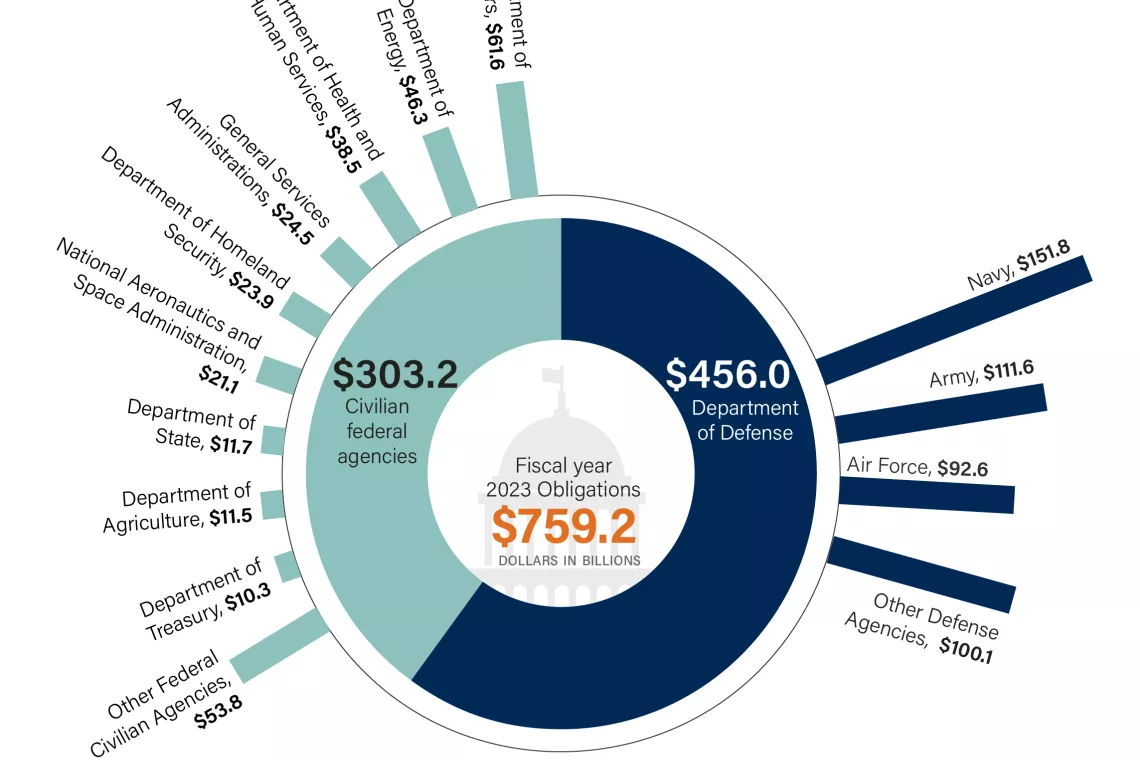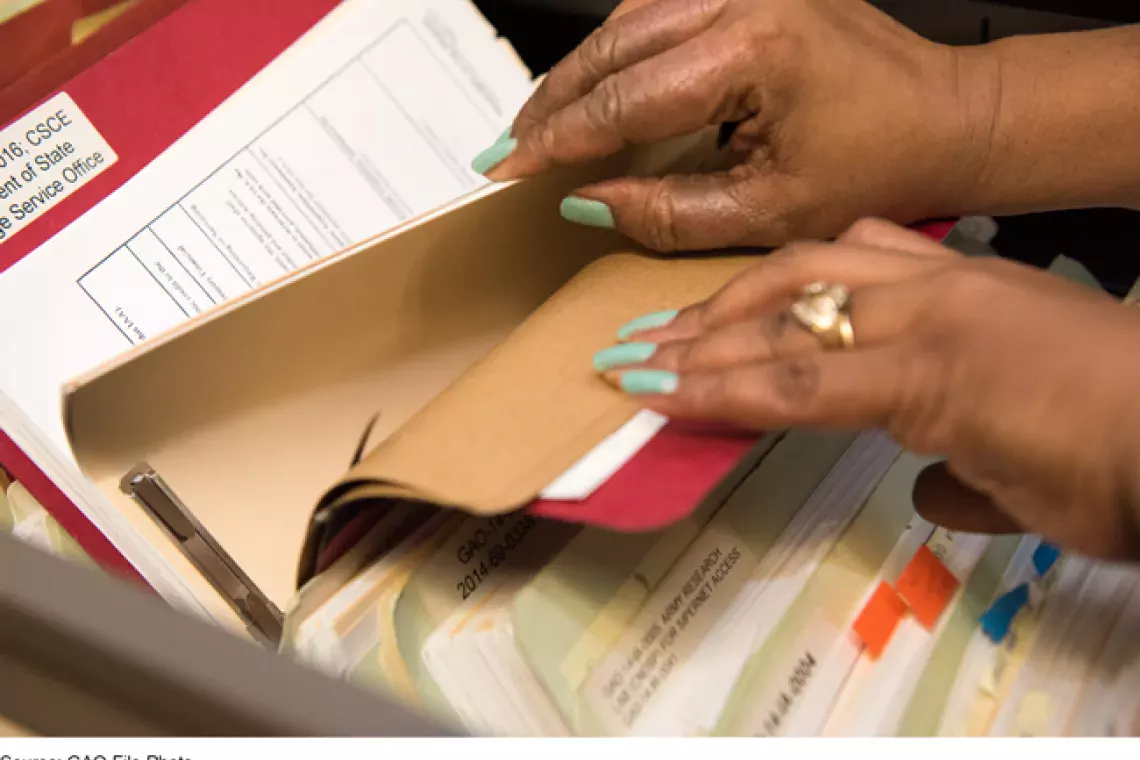Debt Limit 101
Congress has voted to suspend the debt limit through March 15, 2017. But how could future lawmakers address this issue in order to save the federal government money and avoid future disruptions? Today’s WatchBlog examines the debt limit.
What is the debt limit?
Despite its name, the debt limit doesn’t limit how much the government can spend—it limits the government’s ability to pay its bills. Raising the debt limit doesn’t authorize new spending—spending and revenues (like taxes or fees) are changed when Congress Ok’s and the president signs spending bills and tax laws. Raising or suspending the debt limit allows the Treasury to borrow more money to pay the bills for spending that has already been approved.
Listen to Sue Irving, a director in our Strategic Issues team, explain:
Congress used to be involved in the minutiae of taking on debt, for each case approving the type of security, its duration, and interest rate. But the demands of World War I called for a simpler process, and Congress gave more autonomy to the Treasury while setting overall limits on the debt it could issue. During World War II, Congress and the president set a single limit on the Treasury’s outstanding debt obligations, creating the debt limit we know today.
Since then, the debt limit has been increased more than 80 times.
Taking it to the limit
There are a number of extraordinary measures that the Treasury can use to temporarily manage debt near the limit. For example, it can temporarily suspend certain investments to federal employee retirement funds and cash out some of its own investments earlier than normal.
But once all extraordinary measures are exhausted, the Treasury can’t do anything else without action from Congress. If this happens, the Treasury could be forced to delay or even default on payments to investors—such as holders of certain bonds—until money becomes available.
Consequences of delays
Delays in raising the debt limit can disrupt financial markets—even if action is taken in time to pay investors.
Treasury securities are usually viewed like cash, since you can almost always find someone willing to buy them for what they’re worth, but also considered better than cash, since you’re also earning money on them.
However, when the nation neared the debt limit in 2013, investors feared not being paid on time and reported avoiding certain Treasury securities. As buyers of securities dried up, investors couldn’t unload their securities and the Treasury’s cost for selling the nation’s debt to investors increased. This ultimately added costs for American taxpayers.
 (Excerpted from GAO-15-476)
(Excerpted from GAO-15-476)
What are the alternatives?
Through interviews of budget and policy experts and an interactive web forum, we identified 3 potential approaches:
- Link action on the debt limit to the budget resolution so decisions on borrowing and spending are made at the same time.
- Allow the administration to propose raises to the debt limit, subject to a congressional motion of disapproval.
- Allow the administration to borrow as necessary to fund laws enacted by Congress and the president.
These alternative approaches better link decisions about the debt limit with decisions about spending and revenue at the time those decisions are made.
- Questions on the content of this post? Contact Susan Irving at irvings@gao.gov.
- Comments on GAO’s WatchBlog? Contact blog@gao.gov.
GAO Contacts
Related Products

GAO's mission is to provide Congress with fact-based, nonpartisan information that can help improve federal government performance and ensure accountability for the benefit of the American people. GAO launched its WatchBlog in January, 2014, as part of its continuing effort to reach its audiences—Congress and the American people—where they are currently looking for information.
The blog format allows GAO to provide a little more context about its work than it can offer on its other social media platforms. Posts will tie GAO work to current events and the news; show how GAO’s work is affecting agencies or legislation; highlight reports, testimonies, and issue areas where GAO does work; and provide information about GAO itself, among other things.
Please send any feedback on GAO's WatchBlog to blog@gao.gov.




